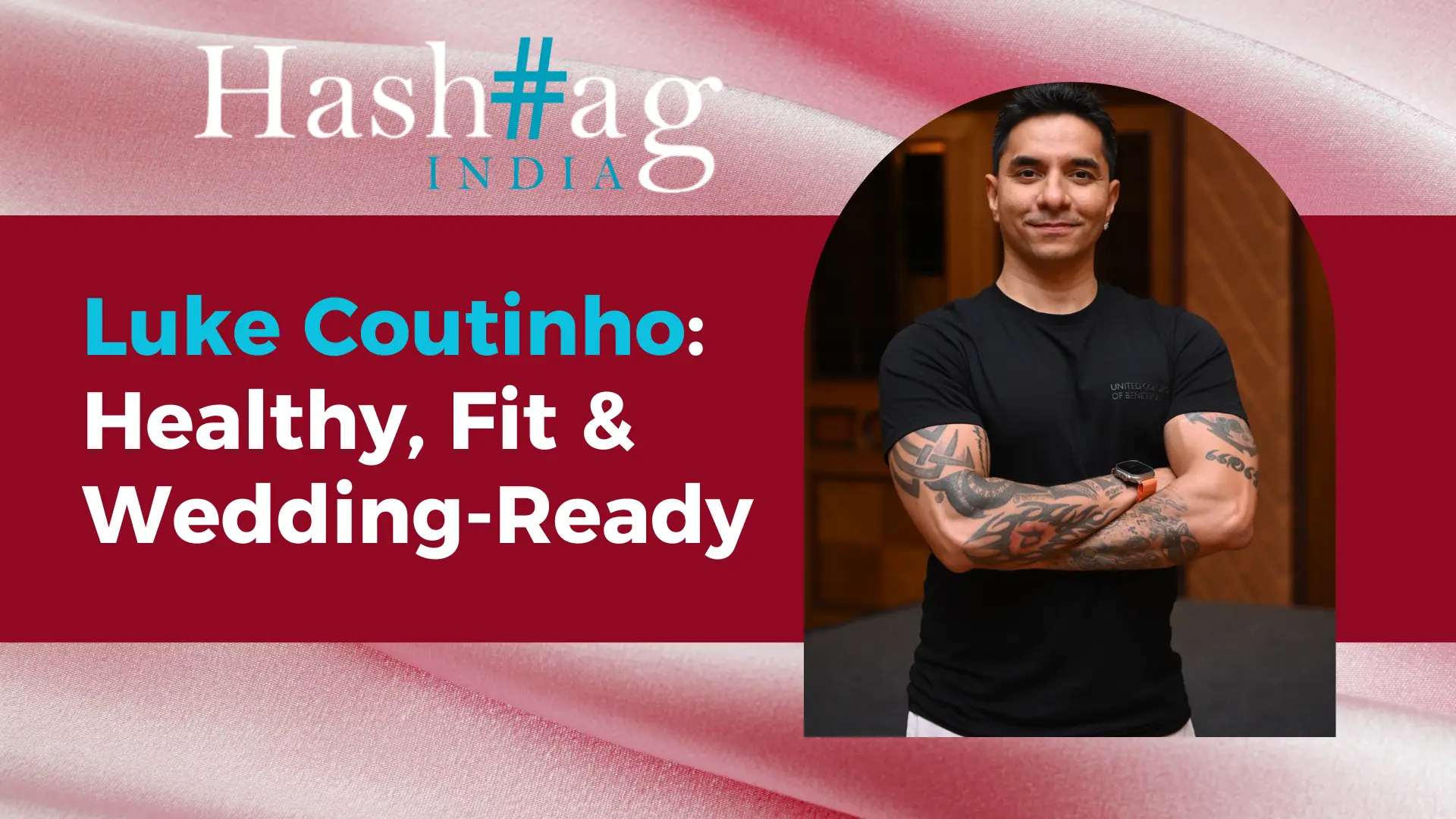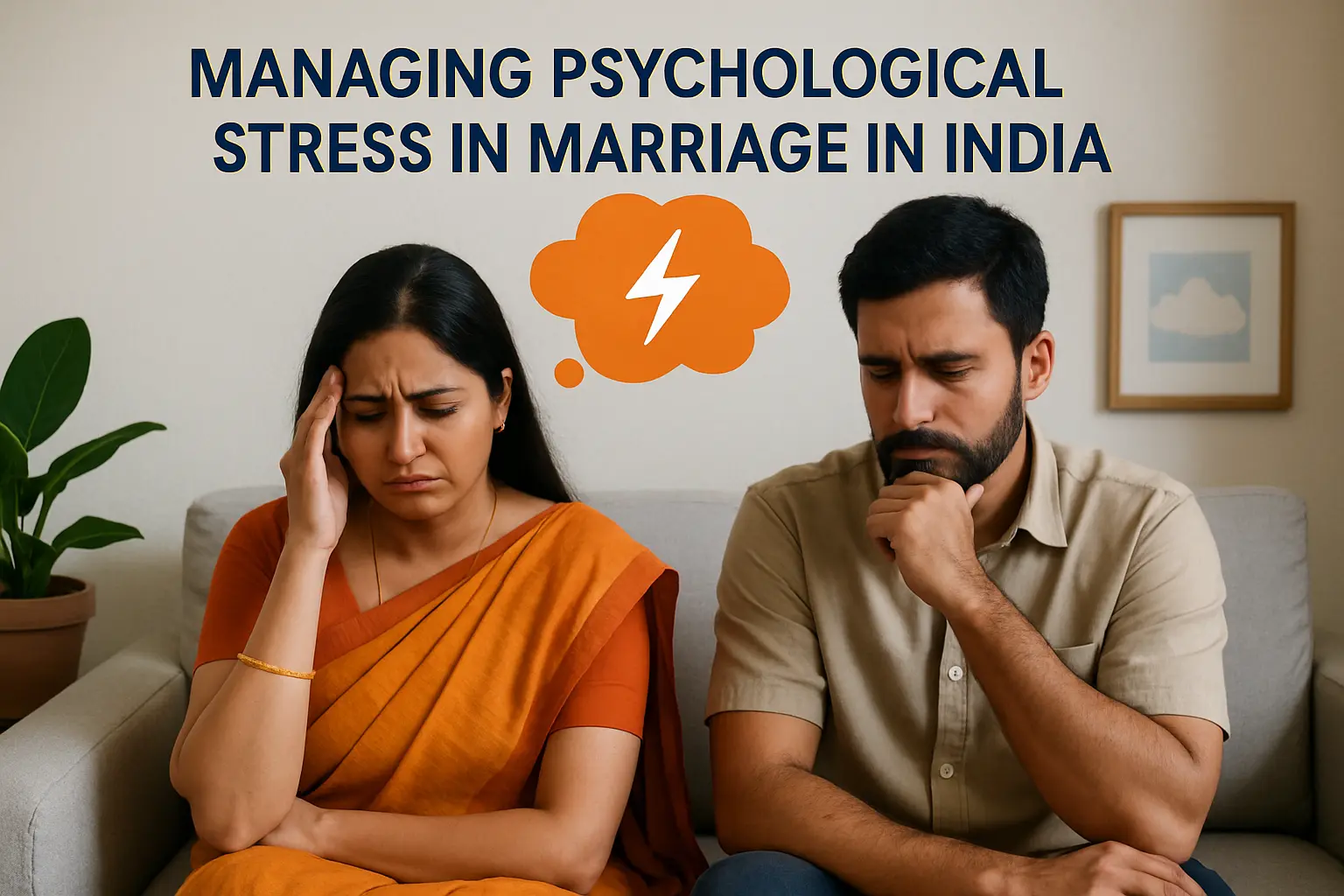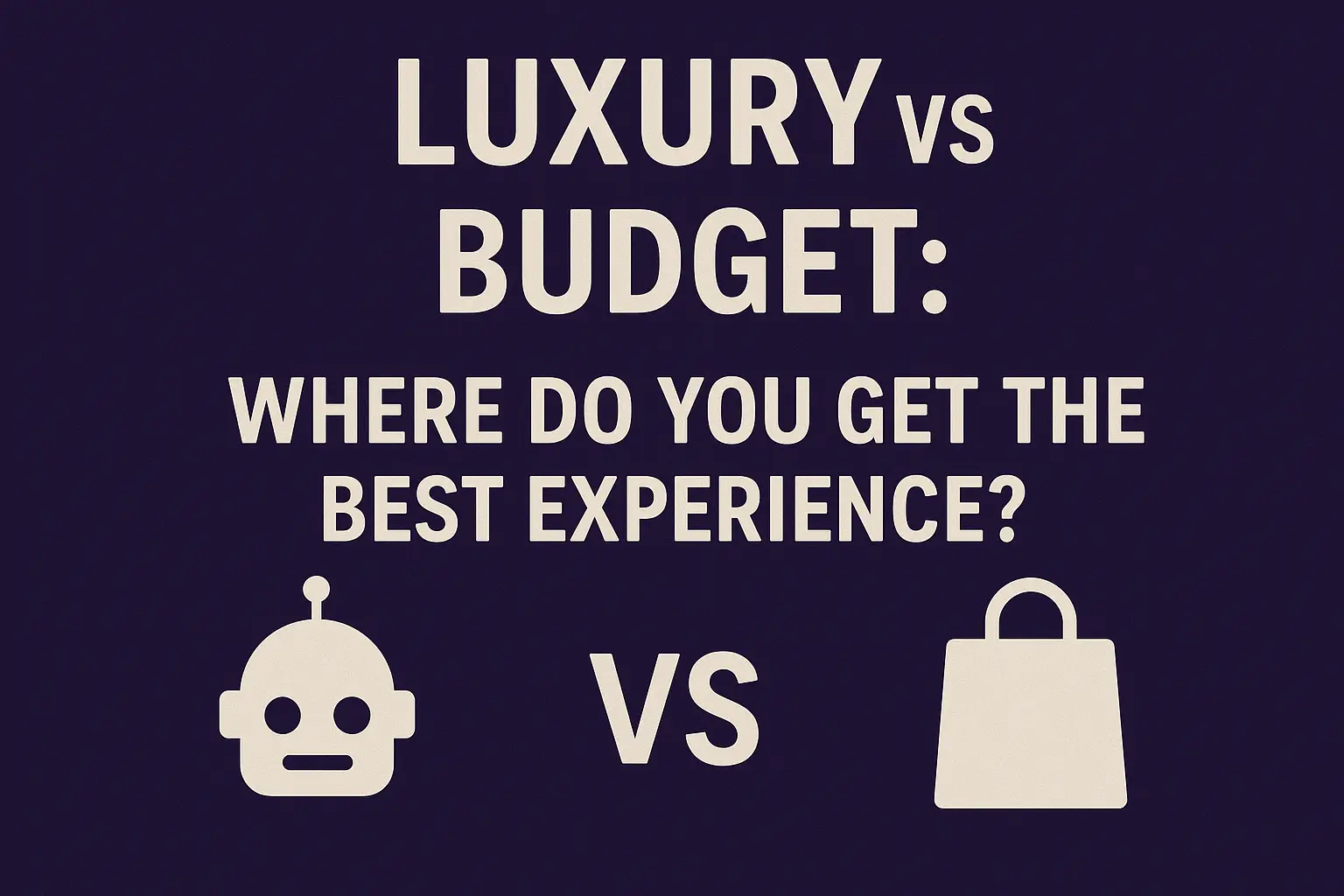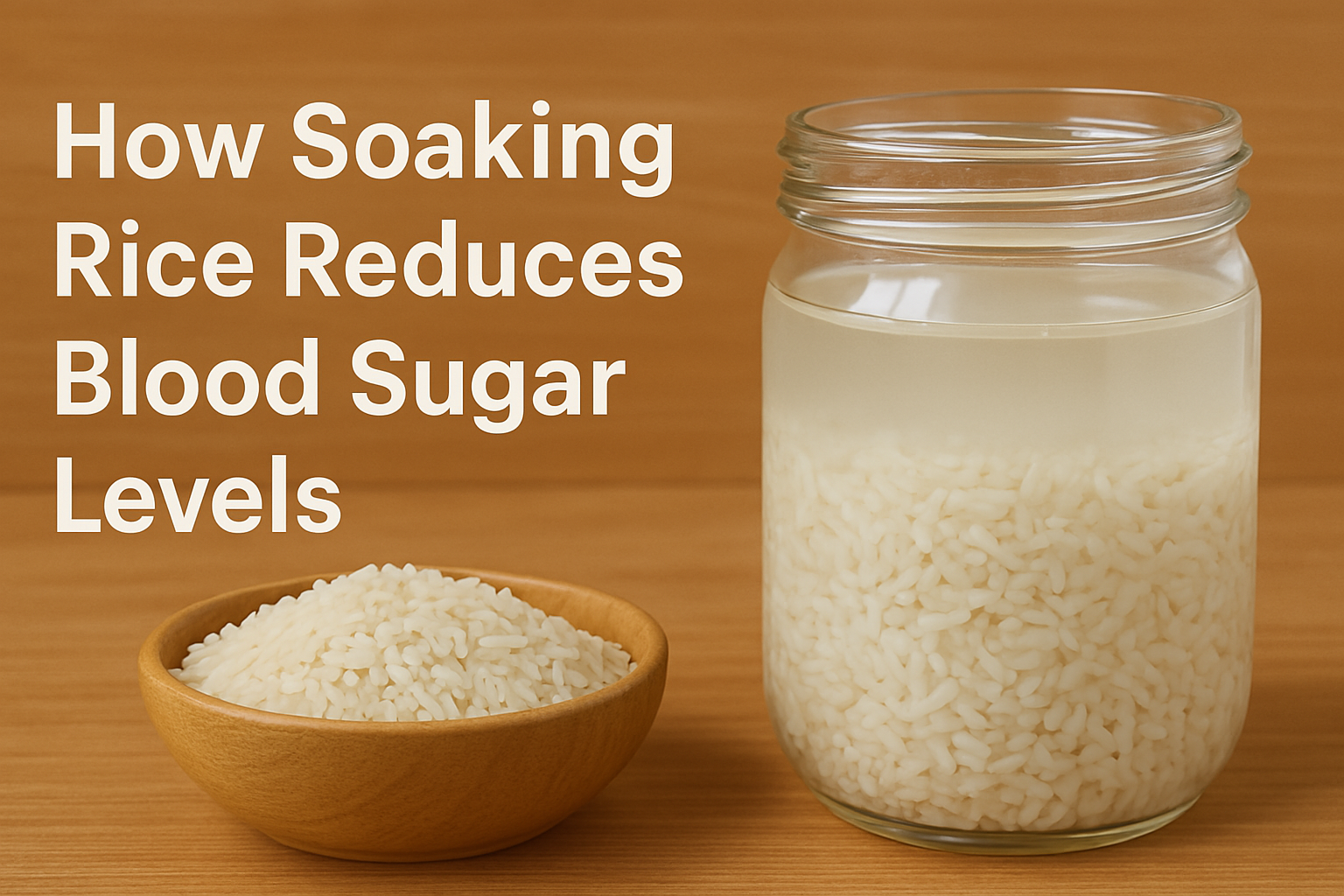With rising temperatures and increasing sun exposure, maintaining youthful, healthy skin during summer requires a tailored approach. Sinduri Vuppala talks to renowned cosmetologists and skincare experts who share invaluable insights on preventing premature aging, choosing the right anti-aging ingredients, and ensuring sun protection without compromising skin health.
From Sunscreen to Serums: The Best Anti-Aging Strategies for Summer
Dr Madhu Chopra, a renowned cosmetologist and the Managing Director of Studio Aesthetique, Mumbai, has been a pioneer in the field of aesthetic medicine. She is also the mother of actress Priyanka Chopra Jonas. With a strong medical background and years of expertise, she shares valuable insights on the latest trends in aesthetic medicine, effective skincare routines, and expert advice for maintaining healthy skin.


How can one prevent premature aging and sunspots during summer?
Protecting the skin from premature aging and sunspots requires a combination of sun protection and a targeted skincare routine. A broad-spectrum SPF 50+ sunscreen should be applied regularly, reapplication every two hours. Wearing protective clothing and seeking shade between 10 AM and 4 PM can further reduce UV exposure. Incorporating antioxidants like Vitamin C and E helps combat free radicals, while proper hydration maintains skin elasticity. Retinoids, niacinamide, and exfoliants aid in reducing sunspots and promoting skin cell renewal. A holistic skincare strategy, including sunblock, targeted treatments, and antioxidant-rich nutrition, helps maintain youthful and healthy skin.
What are the key anti-aging ingredients to include in a summer skincare routine?
A summer skincare routine should focus on protection, repair, and rejuvenation. Essential ingredients include-
Sunscreen: SPF 50+ and PA+++ for broad-spectrum UV protection.
Vitamin C: Antioxidant benefits that enhance collagen production and reduce pigmentation.
Hyaluronic Acid: Provides deep hydration.
Niacinamide: Strengthens the skin barrier, reduces wrinkles, and controls sebum production.
Retinoids: Stimulate collagen formation and improve skin texture but require sun protection.
Peptides: Enhance skin elasticity.
Polyphenols & Coenzyme Q10: Offer antioxidant protection.
Aloe Vera & Centella Asiatica: Soothe and calm the skin.
Can the use of excessive sunscreen clog pores or cause other skin concerns?
Sunscreen itself does not clog pores unless incorrect formulations or improper removal lead to breakouts, irritation, or dullness. People with oily or acne-prone skin should opt for non-comedogenic, gel-based, or mineral sunscreens containing zinc oxide or titanium dioxide. Double cleansing—using an oil-based cleanser followed by a gentle face wash—ensures complete removal of sunscreen residue. Hydrating sunscreens with niacinamide or hyaluronic acid helps maintain skin balance while avoiding heavy chemical filters and fragrances and can prevent irritation.
What is the best way to reapply sunscreen without ruining makeup?
Reapplying sunscreen over makeup requires a gentle approach to maintain both sun protection and a flawless look. Use–
Sunscreen mists: Lightweight SPF 50 sprays that can be applied without disturbing makeup.
Powder sunscreens: Provide sun protection while reducing shine, ideal for oily skin.
Stick or cushion sunscreens: Allow precise application without smudging the foundation.
Blotting sheets: Remove excess oil before reapplication for better absorption.
SPF-infused primers, foundations, and setting sprays: Offer additional sun protection but should not replace regular sunscreen application.
Reapplying every two hours ensures continuous protection while keeping makeup fresh.
How does pollution combined with summer heat accelerate skin aging, and how can we combat it?
Pollution and summer heat accelerate aging by increasing oxidative stress, inflammation, and dehydration. Pollutants generate free radicals that damage collagen, leading to wrinkles, sagging, and dull skin. Sweat, oil, and environmental toxins further clog pores, causing breakouts and weakening the skin barrier. Combat these effects by using antioxidants like Vitamin C, Vitamin E, and Niacinamide to neutralize damage. Apply SPF 50+ sunscreen daily. Practicing double cleansing to remove pollutants effectively. Strengthen the skin barrier with ceramides and hyaluronic acid. Wear protective clothing and use air purifiers when possible. Exfoliate regularly with AHAs or BHAs to promote skin renewal.
Can Botox or fillers be affected by extreme heat and sun exposure?
Yes, Botox and fillers are sensitive to heat and sun exposure, especially in the first few days post-treatment. High temperatures increase blood flow, potentially shortening Botox’s effectiveness, while sun exposure can cause inflammation and interfere with proper settling. To preserve results avoid heat and sun exposure for 48 hours after treatment. Refrain from intense exercise, saunas, and heat-based treatments. Use SPF 50 sunscreen and hydrating agents like aloe vera to reduce inflammation. Maintain long-term sun protection to prevent collagen breakdown and prolong the effects of fillers.
How can we protect the delicate skin around the eyes and lips during summer?
The eye and lip areas are highly sensitive and prone to sun damage and dehydration. Protection strategies include:
Sunscreen for sensitive areas: Use an SPF-infused eye cream and UV-blocking sunglasses to prevent fine lines and wrinkles.
Antioxidant-rich eye creams: Contain Vitamin C, peptides, and hyaluronic acid for hydration and protection.
SPF 30+ lip balm shields lips from sunburn, especially for individuals with less melanin.
Hydrating ingredients like shea butter and ceramides prevent dryness and improve moisture retention.
Gentle exfoliation removes dead skin for better hydration penetration.
Are there any new nanotechnology sunscreens that offer better protection against blue light and UV damage?
Nanotechnology has revolutionized sunscreens by providing enhanced UV and blue light (HEV) protection with lightweight, transparent formulas. Nano-sized titanium dioxide and zinc oxide offer superior broad-spectrum protection without leaving a white cast. Antioxidant-infused formulations contain Vitamin C, Vitamin E, polyphenols, and iron oxide nanoparticles to neutralize free radicals and prevent blue light-induced hyperpigmentation. Advanced delivery methods like nanolipid and liposomal technologies improve absorption, stability, and long-lasting effectiveness. These formulations are ideal for individuals with melasma or sensitive skin who require long-lasting protection. Look for labels indicating HEV light protection or nano zinc/titanium dioxide for superior skin defense.



































